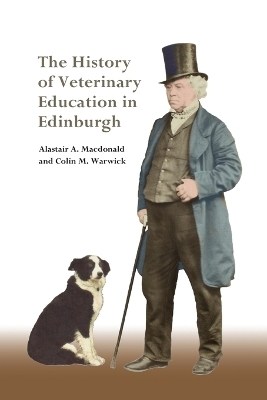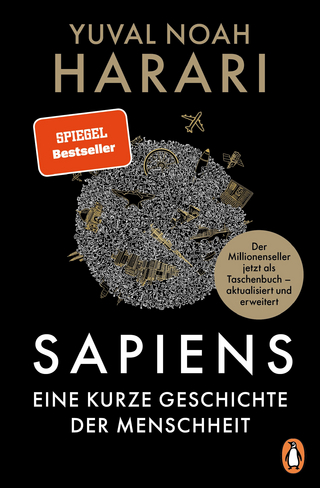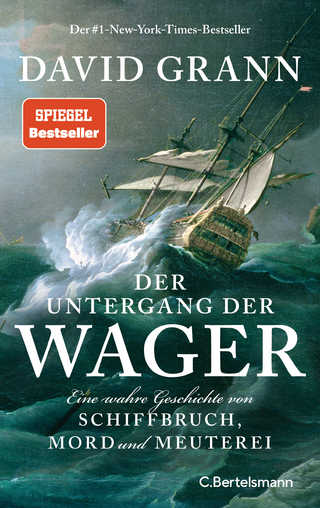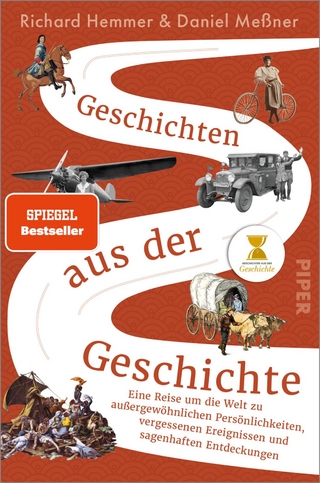
The History of Veterinary Education in Edinburgh
Edinburgh University Press (Verlag)
978-1-3995-2559-6 (ISBN)
Establishment of separate Colleges of Veterinary Medicine in Edinburgh
Establishment of the war-time Polish Veterinary Faculty in Edinburgh
Development of the postgraduate Centre for Tropical Veterinary Medicine
Involvement of the University of Edinburgh in Veterinary Education
Women as veterinary graduates in Edinburgh
International training in veterinary medicine and surgery
The history of veterinary education in Edinburgh has been traced from 1696 to 2022. William Dick established his veterinary school in 1823. The development of his veterinary interest, formal training and family life is presented. About 14,000 students from at least 139 countries have studied towards obtaining undergraduate veterinary degrees and/or postgraduate qualifications (diplomas, masters, doctorates) from the Dick Vet, Gamgee's Edinburgh New Veterinary College, and Williams' New Edinburgh Veterinary College, Polish Veterinary Faculty and the Centre for Tropical Veterinary Medicine. The progressive changes in course duration, content, staffing and physical facilities are described. The student populations, graduations, dress codes, extra-curricular activities and traditions give insights into the lives of veterinary students over two centuries. The academic and clinical leadership of the individual veterinary teaching and research institutes is described. Some indication is given of administrative, teaching and support staff. The geographical location of veterinary education in Edinburgh is highlighted.
Alastair A. Macdonald has been a lecturer then senior lecturer at the Royal (Dick) School of Veterinary Studies from 1984 until retiral in 2011, and an Honorary Fellow of the University of Edinburgh since then. Awarded a PhD by Edinburgh University (1975) and Doctor in de Diergeneeskunde by Utrecht University (1983) he was appointed as Visiting Professor in Fuzhou University, China from 2008-2011. From 2011-2015 he served as the Secretary/Treasurer of the Edinburgh, then Scottish Consortium for Rural Research. Investigating the biology of the wild Indonesian pig, babirusa (Babyrousa celebensis) has been an academic cornerstone for the last 35 years, and similarly, researching the history of veterinary education in Edinburgh, has been a focus for the last 20 years. Colin M. Warwick has been associated with the Royal (Dick) School of Veterinary Studies for 64 years (47 on the Technical Staff and 17 as an Honorary Fellow) so he is himself part of Dick Vet history. In 2005 Her Majesty the Queen presented him with an MBE for services to the Veterinary School, University of Edinburgh. Having an interest in local history he served on the council of the Old Edinburgh Club for ten years. During the last 20 years he worked collaboratively researching and writing over 30 papers on veterinary history.
| Erscheinungsdatum | 05.09.2023 |
|---|---|
| Zusatzinfo | 135 B/W illustrations 32 colour illustrations 12 B/W tables 179 illustrations |
| Verlagsort | Edinburgh |
| Sprache | englisch |
| Maße | 156 x 234 mm |
| Themenwelt | Geisteswissenschaften ► Geschichte ► Allgemeine Geschichte |
| Geisteswissenschaften ► Geschichte ► Regional- / Ländergeschichte | |
| Veterinärmedizin | |
| ISBN-10 | 1-3995-2559-X / 139952559X |
| ISBN-13 | 978-1-3995-2559-6 / 9781399525596 |
| Zustand | Neuware |
| Informationen gemäß Produktsicherheitsverordnung (GPSR) | |
| Haben Sie eine Frage zum Produkt? |
aus dem Bereich


